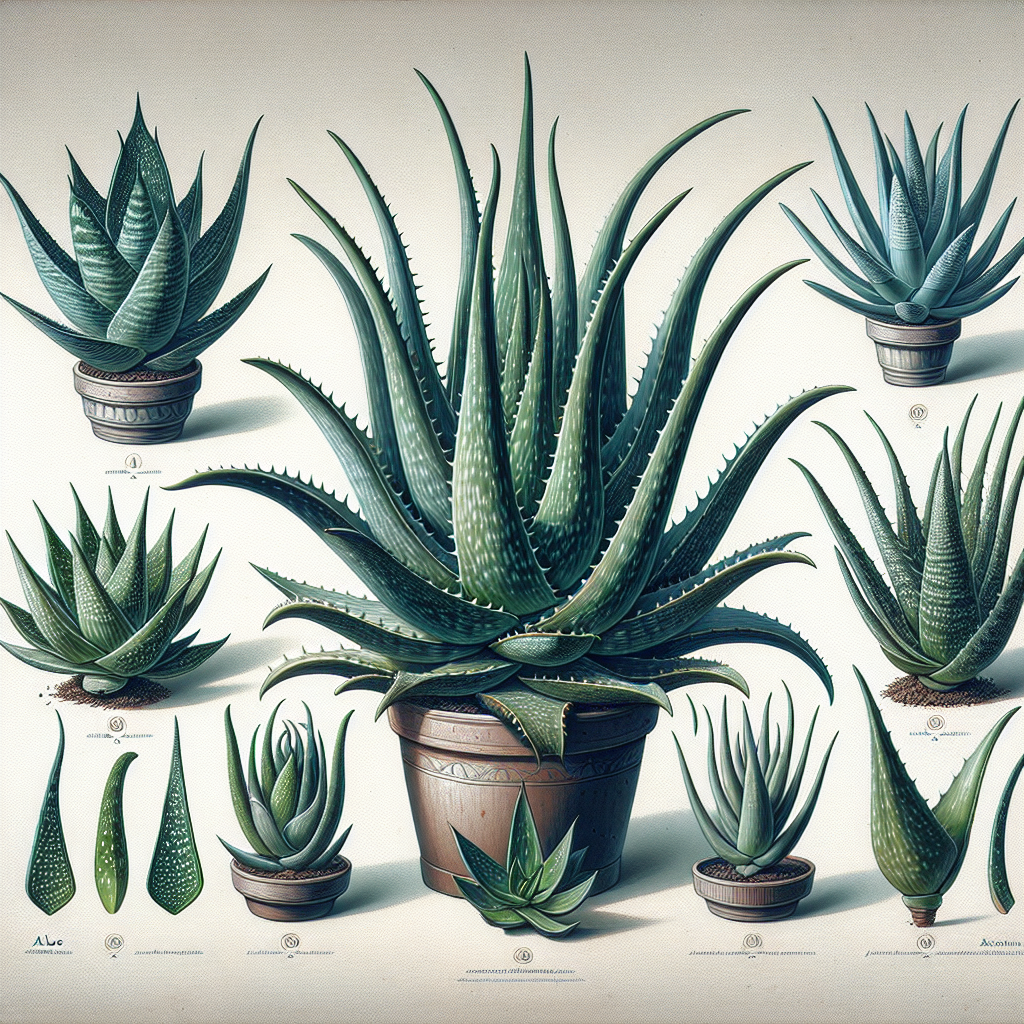Winter Care for Almond Trees
Updated January 11, 2025 at 7:17 pm

Understanding Almond Trees Winter Needs
Overview:
- Pet Friendly: Almond trees are non-toxic, making them pet friendly.
- Light Requirements: During winter months, almond trees require ample sunlight to maintain health.
- Watering: Almond trees need less water in winter due to slower growth and cooler temperatures.
- Humidity: They can tolerate a wide range of humidity conditions.
- Temperature: Almond trees experience dormancy in cold temperatures but can suffer from freezing.
- Difficulty: Moderate, as they require specific pruning and frost protection techniques.
Preparing Almond Trees for Winter Dormancy
The transition into winter is a critical time for almond trees. They enter a dormant state as their growth slows down and metabolism decreases. This phase is essential for the trees to conserve energy and prepare for spring. To help your almond trees through this period, focus on reducing irrigation since their water needs decline. However, be mindful of rainfall and soil moisture to avoid dehydration.
Proper mulching is also crucial. Applying a layer around the base but not touching the trunk can insulate the soil, maintain moisture levels, and provide essential nutrients. Choose an organic, breathable mulch like shredded bark or compost to avoid waterlogging and encourage a healthy root environment.
Protecting Almond Trees from Frost and Freezing Temperatures
Cold snaps and frost are significant concerns for almond tree caretakers. Almonds are especially vulnerable to frost damage since they bloom early in the year. To protect them from frost, consider using frost cloths or burlap covers on nights when the temperature drops dangerously low. Ensure the cover extends to the ground to trap heat effectively.
There’s also the option of using frost fans for larger orchards, which help circulate warmer air and prevent cold pockets from forming. While these devices are an investment, they can save a significant crop from frost damage. It’s a balance of cost versus benefit that each grower must assess based on their specific situation.
Pruning Almond Trees in Winter for Optimal Growth
Winter is the ideal time to prune almond trees since they are dormant. Pruning helps maintain tree structure, remove dead or diseased wood, and stimulate growth for the upcoming season. The first step is to remove any branches that cross or rub against each other, as these can cause wounds and lead to infections.
Use clean, sharp tools to make precise cuts. One such recommended tool is the Fiskars Bypass Pruning Shears, which are highly rated for their comfortable grip and clean cuts, minimizing potential damage to the trees. These shears can make a significant difference in ensuring a healthy almond tree come spring.
Find This and More on Amazon
Fertilizing Almond Trees in the Winter Months
Determining when and how to fertilize almond trees during winter can be tricky. While it’s not the prime time for feeding, a mild application of fertilizer can support the tree’s health. You want to avoid high nitrogen fertilizers, which can promote growth at an inopportune time and leave the tree vulnerable to cold damage.
Instead, consider using a balanced slow-release fertilizer to support root health without causing a growth spurt. Espoma Tree-tone is one example of an organic fertilizer formulated specifically for fruit and nut trees. It’s known for encouraging solid root development without the risk of overfertilization and can be particularly beneficial when applied in the late fall before the ground freezes.
Find This and More on Amazon
Monitoring Pest and Disease Control during Cold Seasons
Even during dormancy, almond trees are not immune to pests and diseases. Monitor your trees regularly for any signs of infestation or illness. The dormant season is an ideal time to apply preventative treatments like dormant oils, which control overwintering eggs and insects without harming beneficial species.
One reputed product for this purpose is Bonide All Seasons Horticultural and Dormant Spray Oil. This product earns positive feedback for its efficacy in controlling a broad range of insect pests and diseases on almond trees by suffocating them in dormant stages. It’s especially helpful when applied just before bud break in late winter.
Water Management: Balancing Winter Rains with Almond Trees Needs
While almond trees need less water in winter, it’s essential to balance natural rainfall with additional irrigation if necessary. If you’re in a region with heavy rainfall, ensure your almond trees are planted in well-draining soil to prevent root rot. On the flip side, if winter rains are scarce, supplemental watering might be required to maintain a minimal level of soil moisture.
A valuable tool for any gardener or orchard manager is a simple soil moisture meter, like the XLUX T10 Soil Moisture Sensor. This device is praised for its accurate and easy-to-read gauge that helps determine when additional watering is needed. It’s a straightforward way to eliminate the guesswork and ensure that your almond trees receive just the right amount of water throughout the winter months.
Understanding Soil Requirements and Adjustments for Winter
Just like humans need a cozy home to stay warm in winter, almond trees need the right soil conditions. Soil plays a pivotal role in anchoring the tree, providing nutrients, and regulating water. Since almond trees are dormant in winter, they won’t absorb nutrients as quickly, but the soil still needs to be fertile and well-drained to prepare for spring growth.
Enhancing soil structure with organic matter like compost can improve drainage and aeration. This application can be a lifesaver for your trees, particularly if you’ve got heavy clay soil that tends to retain water. It’s like giving your trees a breathable blanket, keeping roots cozy but not waterlogged.
Identifying and Treating Common Winter Diseases in Almond Trees
Almond trees, dormant though they might be, can still fall victim to certain diseases during the winter. Keep an eye out for signs of fungal infections such as peach leaf curl and shot hole disease. These can manifest as deformed leaves and cankers on branches come spring.
To fend off these diseases, a copper-based fungicide spray like Bonide Copper Fungicide can be the knight in shining armor for your almond trees. Copper sprays are often recommended due to their effectiveness in preventing a range of fungal diseases. Users commend its preventive capability when applied correctly before the rainy season kicks in.
Recognizing the Signs of Stress in Almond Trees
The serene stillness of an almond orchard in winter can be deceiving. Stress signals in almond trees might be subtle, like yellowing leaves or slowed growth. It’s during these cold months that underlying issues can take a toll on the health of your trees.
Pay attention to signs like cracking bark or oozing sap, which can indicate stress or disease. Addressing these issues promptly, either through adjusted care or with the help of a professional arborist, can make a world of difference in safeguarding the longevity and productivity of your almond trees.
Understanding and Managing Sun Exposure for Almond Trees in Winter
While almond trees rest, sunlight continues to be a vital factor in maintaining their health through the winter. Trees may not be actively growing, but they still rely on the sun to keep their energy production going. If your trees are young or newly planted, make sure they’re not shaded out by structures or other flora.
If you’re planting new almond trees, consider their mature size and potential shade patterns. You want to ensure they have access to full sun throughout the day, which typically means planting them in a southern or western exposure. A well-planned orchard means a happy, sunshine-soaked winter for your almond trees.
Maximizing Insulation Techniques to Shield Almond Trees
Insulation could mean the difference between a fruitful almond season and a frostbitten one. Besides mulch and frost cloths, you can also use plastic tree guards to shield the sensitive trunks of young trees from extreme cold and wind.
Tree guards are like winter coats for your almond bark, warding off sunscald and other temperature-related injuries. The TreePro Protector Guard is one such product that has gained approval among growers for its durability and ease of installation. It’s a simple addition that can provide critical protection.
Incorporating Winter Care into Annual Maintenance Plans
Successful almond farming isn’t just about reactive measures; it’s about planning. You might already have an annual maintenance plan for your orchard, but how well does it integrate winter care? Reviewing and updating your care plan to include specifics of winter preparation, disease management, and post-winter recovery can elevate your gardening game.
Plan your pruning schedules, nutrient applications, and pest control regimens long before winter’s chill arrives. This proactive approach can ensure that no detail is overlooked and that your almond trees are afforded every opportunity to thrive year-round.
Enhancing Almond Trees Resilience to Winter Weather
Beyond the immediate remedies already discussed, it’s vital to consider long-term strategies. Almond trees that are well-cared-for year-round are inherently more resilient to winter stresses. This includes correctly timed applications of nutrients, regular health checks for diseases, and strategic pruning to promote vitality.
Healthy trees with strong root systems and structurally sound branches are better equipped to deal with heavy snow loads, ice, and the fluctuating temperatures typical of many winter climates. With a foundation of good health, your almond trees are more likely to bounce back after the harsh winter season.
Utilizing Smart Technology for Advanced Almond Tree Care
In the modern age, there’s an abundance of smart technology to assist with almond tree care during winters. Tools like climate sensors, automated irrigation systems, and advanced frost protection setups can all contribute to a healthier orchard.
For instance, a smart drip irrigation system can optimize water usage by providing just the right amount of moisture needed at the right time. Companies like Rachio offer smart sprinkler controllers that personalize watering schedules and adjust for weather changes, which can be especially beneficial for almond tree care in winter.
Engaging with Community and Expert Advice for Almond Tree Wellness
There’s a wealth of knowledge to be discovered from more experienced almond tree growers. Local agricultural extension offices, horticultural clubs, and online forums can all be invaluable resources. Engage with these communities to gain insights and tips tailored to your region’s unique climatic conditions.
Do not hesitate to consult experts when you encounter a problem beyond your knowledge. An arborist or a tree health specialist can offer specific advice and potentially save you from a costly mistake or loss of your precious almond trees during winter challenges.
Reviewing Almond Trees Winter Care Products
Now, let’s recap some of the products we’ve discussed for almond tree care during the winter. Fiskars Bypass Pruning Shears will aid you in your pruning tasks, while Espoma Tree-tone provides balanced nutrition for the trees. Bonide Copper Fungicide and Bonide All Seasons Horticultural and Dormant Spray Oil help manage diseases and pests. Finally, TreePro Protector Guards deliver an extra layer of physical protection against the elements.
Remember to read reviews, assess your needs, and match them to the product specifications before making any purchase. Reviews often reveal real-life experiences of growers who’ve been in your shoes, providing a broader context for the potential effectiveness of a product.
Closing Thoughts on Prepping Your Almond Trees for Winter
Caring for almond trees in winter may seem daunting, but with the right knowledge and tools, it becomes a manageable task. Staying proactive about winter preparation not only ensures the survival of your trees but also sets the stage for a bountiful harvest. With diligence, your almond trees can emerge from their winter slumber ready to burst into bloom with the first whispers of spring.
And remember, at every step of the way, from pruning to pest control, there is a community of fellow enthusiasts and experts ready to lend a hand or offer advice. So here’s to the dedicated almond tree growers – may your winters be planned with precision and your trees grow with strength and vigor.
Shop more on Amazon

